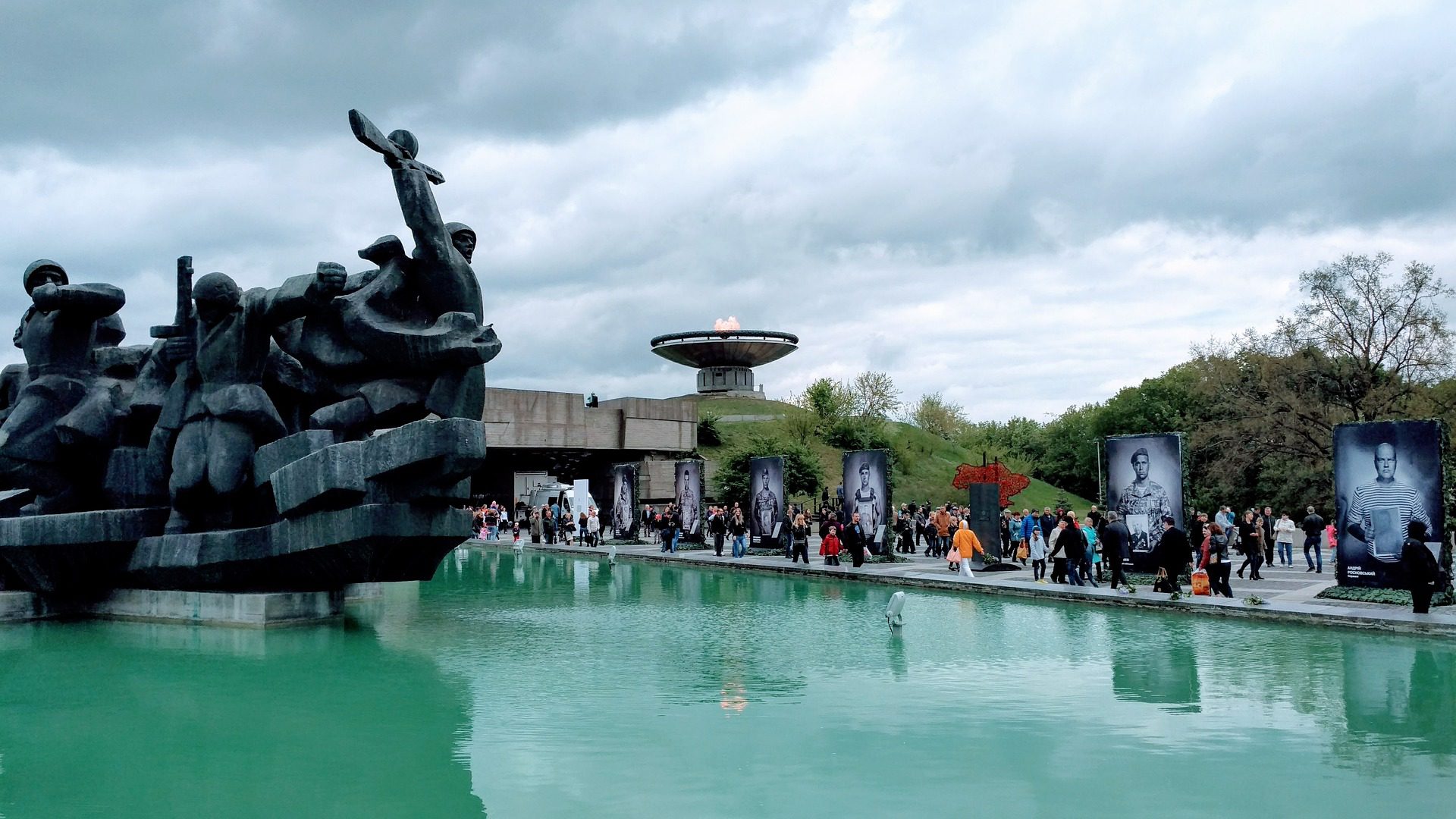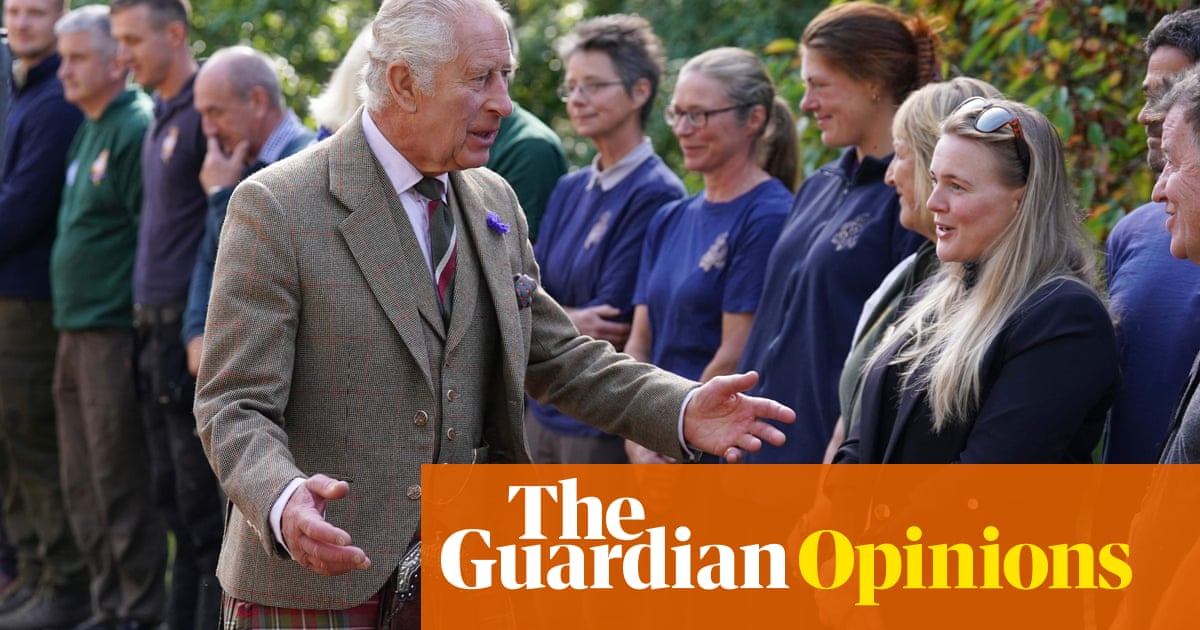
In a small, light-filled Bushwick studio space, a brown box rests on a wooden coffee table. Inside is a human head. “Wanna start?” asks Jon Pichaya Ferry, pulling a box cutter out of the pocket of his black skinny jeans.
Inside is a lumpy form wrapped in thin aqua foam, which he tears off to reveal a skull’s mandible. Out comes the rest of the skull; he fits the two parts together and places it on the lid of a coffin in the corner of the room, next to a can of Red Bull.
Ferry says the skull is of probable Indian origin, pointing to the betel-nut staining its molars. It will soon be inspected, photographed and logged into a database before joining the 80 skulls lined up neatly in a glass cabinet. Each has a baby-blue label looped through its cheekbone with an accession number and the word “JonsBones”, the name of Ferry’s company. Five articulated skeletons hang above the skulls; opposite them are more than a hundred spines, graded like a paint sampler from dark to light, the different angles of their sacrums a reminder of the unique postures of the people they once belonged to.
Ferry, 22, sells human bones. He developed his obsession at age 13, while growing up in Thailand. His father gave him a mouse skeleton which, “instead of it being creepy, dark and weird”, kickstarted his passion, and in time he began articulating animal skeletons. After he moved to New York at 18 to study product design at Parsons, Ferry started JonsBones as an animal skeleton business. A trip to the oddity shop Obscura Antiques and Oddities, where he saw a human skull on a shelf, piqued his interest in human bones; the owner, Mike Zohn, explained that they were the remnants of the medical osteology industry.
JonsBones now has eight employees, half a million followers and over 22 million likes on TikTok, where Ferry posts videos about his favourite topic, the medical bone trade. There, he addresses his followers’ questions, including ones about the bones’ provenance. In one video, he explains that medical students bought them from medical supply companies, gesturing towards a wooden box of bones labelled “Millikin & Lawley”. Up until the 1980s, it was common for students to buy their own skeletons for their anatomy studies.
Not all users are convinced: “I … feel like that’s saying chicken comes from the grocery store,” writes one.
“It’s so hard working with the public,” sighs Ferry.
On the day of my visit, Ferry is reviewing submissions from would-be sellers. He gets about 30 a month through a form on his website. He inspects every photograph for signs – cuts, hardware – proving that they’re medical bones, and then decides if he wants to acquire them – provided their owners don’t live in Georgia, Tennessee or Louisiana, where laws limit the sale of human remains.
For much of modern history, doctors-in-training studied human anatomy using real skeletons. As Scott Carney writes in his book The Red Market, the rapid expansion of the medical industry in the 19th century meant demand for bodies quickly outstripped supply. These were sourced from the poor and marginalised: executed prisoners, unclaimed corpses and those whose graves were robbed by body-snatchers.
The most famous of them were Burke and Hare, whose side-line in murdering tenants of their Edinburgh boarding house and selling their bodies to the university’s anatomy department ushered in the UK’s Anatomy Act of 1832, which limited body-snatching by allowing doctors to help themselves to unclaimed corpses in morgues and hospitals.
Faced with a scarcer supply of bodies, British doctors turned to the colonies – specifically India, where Calcutta became the capital of the human bone trade. Medical supply companies like Clay Adams, Kilgore International and Adam, Rouilly cropped up, selling the imported bones to Europe and America’s medical students. In 1944, most of the skeletons assembled in the Clay Adams factory in Manhattan came from India; Life magazine reported that sourcing had been made easier after the 1943 Bengal famine, which killed millions.
In 1978, the Times of India noted that disasters tended to increase supply, as well as “graveyard vandalism”. The trade brought in more than $1m (£855,000) a year to Calcutta. Sanker Sen, the owner of the company Reknas, told the Philadelphia Inquirer as he knocked back martinis that they bought unclaimed bodies from morgues, which they would process and sell to companies including Adam, Rouilly and Kilgore International.
These medical supply companies would wipe clean the provenance of these bones, turning them into branded products. Ferry demonstrates this by opening up a paediatric skull to show a Reknas label (3, Fancy Lane, Calcutta) popping off inside it. “You know Whole Foods?” Ferry quips. “How they buy, ship, put their label on it and then they call it Whole Foods? That also happened in the bone industry.”
In 1985, the industry finally collapsed when India banned the trade of human remains after a bone trader was arrested for exporting 1,500 child skeletons.
These bones fell out of use, but not out of existence – and are often inherited by families when a doctor dies. People literally find skeletons in their closets – and that’s where Ferry comes in. He facilitates their profitable re-entry into the medical teaching sphere, where he thinks they might still benefit humanity, with their unique variations that anatomical models can’t always replicate. The bones are here whether we like it or not, he reasons, so we might as well put them to good use.
Ferry’s buyers are primarily medical teaching institutions, as well as search and rescue operations, who use human bones to train cadaver dogs. But the bones are also all listed on the JonsBones website for anyone to buy – $7,500 (£6,435) for an articulated skeleton, $80 (£69) for a pelvis.
“I believe that everybody has the right to study bones,” he says.
But the murkiness of the bones’ origins – both in terms of the historical roots of the trade and its continued exploitation of marginalised people’s remains throughout the 20th century – is troublesome for many, including Sam Redman, a history professor at the University of Massachusetts Amherst and author of Bone Rooms, which details how the skulls of Indigenous and non-white people were collected and used to support theories of racial categorization.
Redman sees medical osteology as an extension of this wider tradition, since the remains of marginalised individuals were collected with such virulence that many of them made it into the general bone trade. “There’s no ethical way to buy and sell human remains,” he says. “Because there’s a clear link between the legacy of this and racism and scientific racism, and colonialism.”
At times, when talking to Ferry, I’m struck by a kind of ethical floundering as he attempts to draw a responsible framework for his operation. It is as if, in deciding certain things aren’t right, the other questionable things might be OK in contrast. He’ll sell bones online, but not on TikTok; he’ll sell medical bones, but not what he calls “tribal” or “archaeological” bones (because “we don’t know what the individual’s last wishes were”); he’ll sell a torso, but he won’t break up a spine.
Ebay banned the sale of human remains in 2016, but you can buy bones on Instagram, or at a “natural history” shop like the Bone Room in Berkeley, California, which boasts of having sold items to the English artist Damien Hirst. Indeed, Ferry says that in the four years since he bought his first skull, prices have gone up, from about $500 to $800 to $2,000 to $3,000. “It’s become more publicly accepted,” he says.
But one line he can’t quite draw is whether he’s dealing with pieces or people: “These pieces, these are human beings. And they should be treated with the utmost respect and dignity as possible,” he says. “So within the context of the collection, we treat these pieces with honour, with dignity, with respect in terms of how we display them.” The dignified treatment of a person’s remains does not, however, extend to reburial: “I don’t believe in destroying pieces of history.”
But an emphasis on the history and even value of human remains obscures the person they were. “The problem is in this whole discussion, we’ve forgotten who the people were,” says Scott Carney. “When we turn a human into a commodity, that’s where you start getting enormous ethical lapses … And Jon is on the wrong side of that equation.”
‘The next great bone flood’
Still, in a few years’ time, Ferry would prefer to pivot away from sales to a museum, where anyone could see his historical collection, which would be supported by a gift shop. JonsBones has already launched its first jewellery line: sterling silver vertebrae curving around a hoop earring, tiny skulls covering a ring. For now though, he doesn’t mind the criticism, as long as it facilitates a conversation.
“I’m doing this because I genuinely believe this is the best thing we can do for these pieces right now,” he says. “We really are doing our best to treat these pieces with respect, dignity and then preserve them for future generations.”
He continues: “The day there is a better solution proposed is the day that I stop what I’m doing.”
For many, including Carney and Redman, there is a solution. In the US, the Native American Graves Protection and Repatriation Act protects the cultural and biological remains of Native Americans, in an attempt to redress the plundering of their sacred ancestral burial sites. For other human remains, Redman says, “There can and should be continued avenues for the respectful return in cases where we know or are able to determine ancestry, or reburial in a respectful way … There is a path forward.”
It would be almost impossible to identify precisely where the medical bones, scrubbed of their DNA and identity, came from. And yet, almost every culture has some form of reverential funeral practice. While there is a genuine benefit to the anatomical study of real human bones, so long as there are willed donation programmes, can that benefit justify recycling the ones produced in not-so-ancient injustices?
More skeletons will be found in people’s closets; Ferry anticipates what he excitedly calls “the next great bone flood”, as the generation of doctors who bought their bone boxes at the industry’s height in the 1960s and 70s die. Some of them will re-enter the market; but as awareness grows, perhaps some of them will finally be laid to rest.












